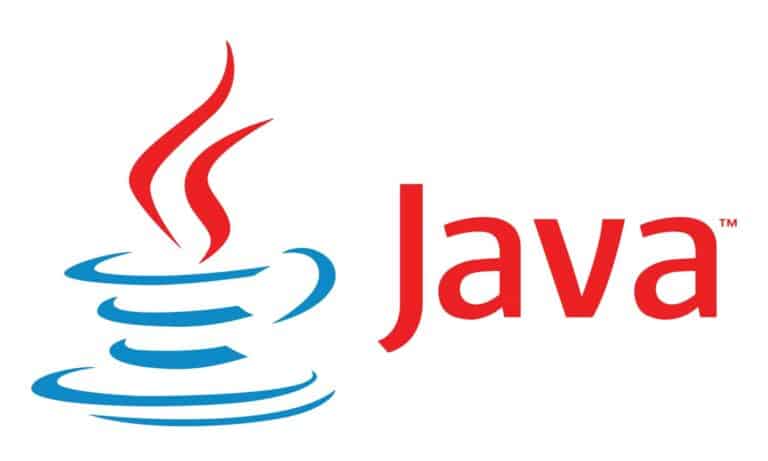Research firm Gartner estimates that Oracle’s new licenses for Java could cost companies two to five times as much as they did before.
The Register reports that Oracle introduced new licensing terms for the use of Java earlier this year. The introduced per-employee/month Java SE Universal Subscription licensing model targets the use of Java SE on desktops, servers and in cloud environments.
Gartner says the new licensing model, based on the new rules and price list, is going to make users pay two to five times more than in the old licensing model. That model was processor- or user-based.
Controls from Oracle
In addition, Oracle is said to be making efforts to transition customers to the new licenses. Oracle is said to be sending emails to companies for negotiating Java deals. One in five Java licensees can expect an audit in the next three years.
Gartner says it will lead to unscheduled “non-complaince” fees for many companies by 2026. This year, about 30 percent of companies using Java are not compliant with their Oracle contracts.
Use alternatives
Oracle’s push around Java licensing is going to cause many companies to seek alternatives, according to the market specialist. Therefore, by 2026, 80 percent of all Java applications will run on third-party Java runtimes, the researchers predict. This year, the figure is still 23 percent.
Popular alternative Java runtimes include Azul, Amazon Corretto, Eclipse Temurin and IBM Semuru. The use of Oracle JDK relative to other Java runtimes may also start to decline.
Different options
Ultimately, Java users have six different options for solving the problem of the new pushed Java licensing models. First, bad for security, they can no longer run Java updates and security patches starting in 2029.
Second, once companies have migrated applications to Java 17, they can avoid the changing licensing model. This does require a lot of work and is not economically viable for many companies. Also, updating all Java applications to OpenJDK is actually not doable, given the work required.
A fourth option, as already indicated, is to move to third-party Java products and move all unlicensed Oracle JDK workloads to Oracle OCI.
As a final option, companies can choose to accept the new terms and pay for Java SE Universal Subscription license. This is the easiest but most expensive option, according to Gartner.
Also read: DevOps tool Jenkins makes Java 11 mandatory
